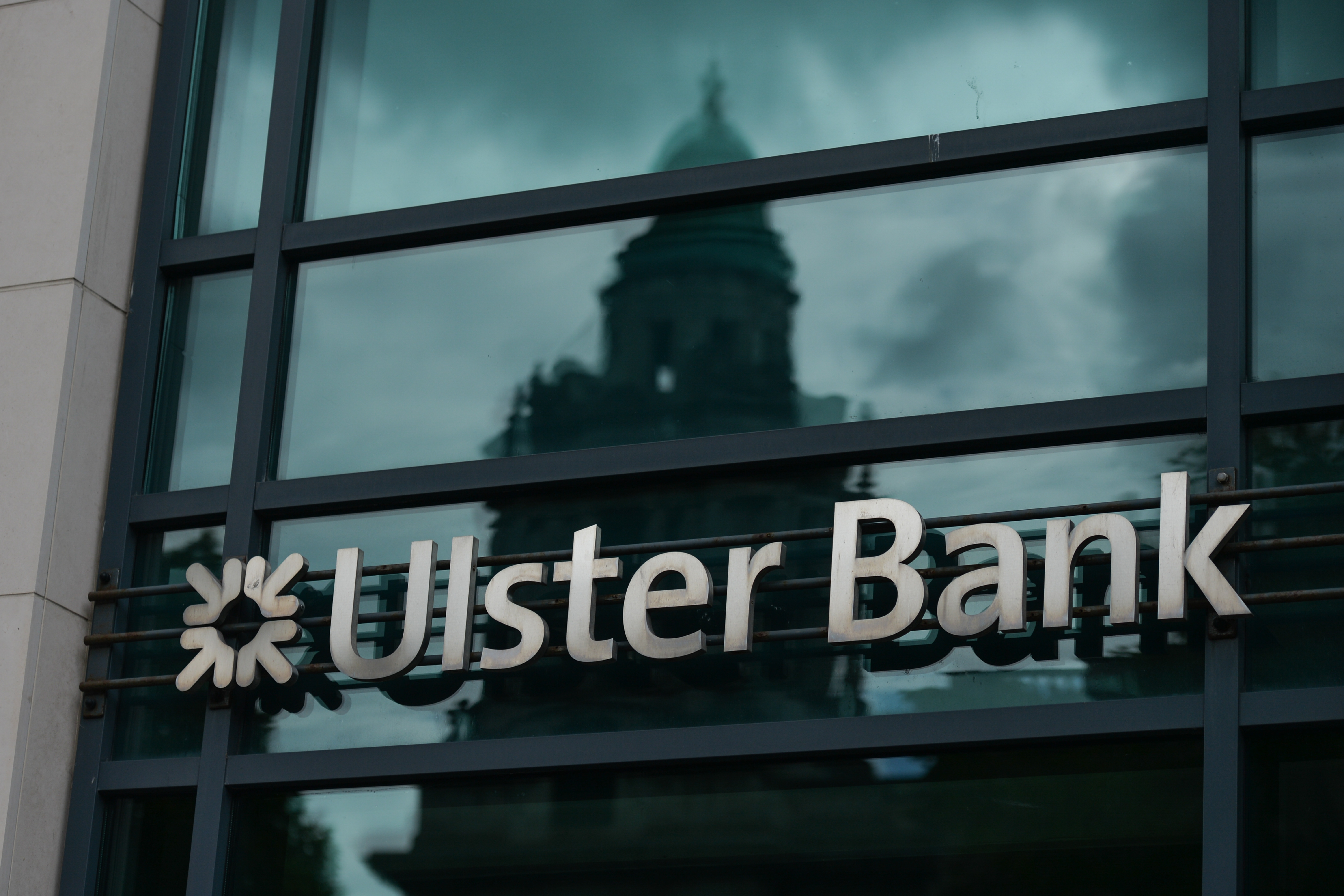What is Bed and ISA and who should do it?
Bed and ISA is a great way to shield your investment returns from the taxman. With a new tax year having arrived, should you act sooner rather than later?

Katie Williams
Investors are acting earlier in the tax year when it comes to “Bed and ISA” transactions.
Last year, more than a quarter of investors completing the transaction did so in the first fortnight of the tax year, according to investment platform Hargreaves Lansdown. This is the most popular time among AJ Bell investors too, with around 30% of transactions happening during this window.
A Bed and ISA transaction lets you sell the investments in your general investment account and then buy the same ones back in an individual savings account (ISA). Taking advantage of Bed and ISA can help protect your dividends and cut your capital gains tax bill.
MoneyWeek
Subscribe to MoneyWeek today and get your first six magazine issues absolutely FREE

Sign up to Money Morning
Don't miss the latest investment and personal finances news, market analysis, plus money-saving tips with our free twice-daily newsletter
Don't miss the latest investment and personal finances news, market analysis, plus money-saving tips with our free twice-daily newsletter
All adults have an annual £20,000 ISA allowance which renews at the start of each tax year on 6 April. It could be worth getting ahead and using up some or all of your 2025/26 allowance early this year, as data suggests early-bird ISA investors outperform their last-minute counterparts over the long term.
Tax bills have also been rising over the years, meaning it is more important than ever to take advantage of tax-free allowances. The capital gains tax (CGT) allowance has been cut progressively from £12,300 to £3,000, and the dividend allowance from £2,000 to £500. CGT rates were also hiked at the Autumn Budget.
This has been compounded by the effects of fiscal drag, as personal tax thresholds have been frozen since 2021 despite a significant period of inflation. Many are finding themselves in a higher tax bracket as a result.
“Investors have battled a triple threat of hikes in CGT rates, huge cuts to the tax-free allowances for capital gains and dividend income, and frozen tax bands. Not only will they pay more tax on their existing gains and investment income outside of ISAs, but more investors have been pushed into a higher tax bracket and rates of tax on their holdings,” explains Charlene Young, pensions and savings expert at AJ Bell.
How to cut your tax bill with Bed and ISA
ISAs are a tax-efficient way to save, as returns made in an ISA are not subject to capital gains tax, no matter how much you earn. Dividends received from investments held in an ISA are also tax-free.
But what about the investments you hold outside of this tax wrapper?
Some years, you might use up your entire ISA allowance and still have some money left over to invest in a regular stocks and shares account. If these investments generate any income or capital gains, you will owe money to HMRC and will need to declare this by completing a self-assessment tax return.
Basic-rate taxpayers pay 18% CGT on investment gains, while higher and additional-rate taxpayers pay 24%. These rates were raised from 10% and 20% respectively at the 2024 Autumn Budget. The CGT allowance means some profits are tax-free but, as mentioned previously, this has been slashed in recent years from £12,300 to just £3,000.
Meanwhile, dividends are taxed at 8.75% for basic-rate taxpayers, 33.75% for higher-rate taxpayers and 39.35% for additional-rate taxpayers. The dividend allowance is now only £500, after being halved in April 2023 and again in April 2024.
As this shows, assets held outside an ISA can quickly rack up a hefty tax bill if your investments are growing in value and paying a decent income through dividends. A Bed and ISA transfer can help you hang onto more of your money in years where you haven’t used up all of your £20,000 allowance on new investments.
How does Bed and ISA work?
A Bed and ISA strategy works by selling your existing investments and repurchasing them back within an ISA. Your provider will sell your investment on the open market and then move the money into the tax-efficient wrapper.
Crucially, by selling existing assets and realising gains of up to £3,000, you can stay within your annual CGT allowance. This will allow you to “protect this slice of investment from CGT for good,” says Sarah Coles, head of personal finance at Hargreaves Lansdown.
What does Bed and ISA stand for?
“The reasons for the ridiculous name are buried in a trick that investors could use until 1998, called Bed and Breakfast, when they could sell assets, crystalise the gain for CGT purposes, and then immediately buy the same assets back,” Coles says.
“The rules were changed so that you now have to wait 30 days before buying back in – or invest in something else. However, selling up outside an ISA and buying back immediately within the tax wrapper remains an exception to this rule.”
Not all trading platforms offer a Bed and ISA service and it is only an option if you still have some of your annual £20,000 ISA allowance remaining.
What’s more, if you realise capital gains of more than £3,000 when you sell your original investments, you will need to declare this to HMRC and pay tax on the excess.
Finally, it is important to bear in mind that there are some costs associated with a Bed and ISA transaction. Although you won’t typically pay a fee on the initial sale of the asset, you will have to pay a fee when the investments are repurchased.
You may also need to pay stamp duty (0.5% of the transaction value) and may gain or lose a certain amount if the repurchase price differs from the sale price.
How long does Bed and ISA take?
You can arrange the transaction at the click of a button or tap of a screen, but the time taken for everything to be done depends on the investment platform and how long it takes to sell and repurchase assets. The process can sometimes take up to 10 working days, but it can be far quicker in other cases.
Shares are usually sold and repurchased simultaneously, but the sale and repurchase of funds can take a few days. There is a risk here that time out of the market could have a detrimental impact on your investments.
Despite this, the tax advantages of holding investments in an ISA should generally outweigh any loss – and the costs incurred – over the long term.
Does Bed and ISA trigger capital gains tax (CGT)?
To complete this transaction requires you to sell your holdings and rebuy them within an ISA. If you realise gains of more than £3,000, then it will trigger a CGT bill. If you plan to hold the investments for the long term, it could still be worth it.
By selling existing assets and realising gains of less than £3,000 in one tax year, you can stay within your annual CGT allowance and pay no CGT. Just make sure you haven’t already exhausted this allowance at any other time during the same tax year.
Should you carry out a Bed and ISA transaction?
If you have any leftover ISA allowance, a Bed and ISA transaction could be worth considering to reduce your tax bill for the future. Even though you might have a CGT bill to clear first, it means that future gains are not subject to this tax.
If you have too many investments to move all in one tax year, you could prioritise the ones paying the highest amount of dividends.
Acting sooner rather than later in the tax year could bring your overall bill down, as you are likely to accrue more income (and hopefully more capital gains) as the year progresses.
Acting after market dips could also be a good strategy.
“When you use Bed and ISA, you need to balance how much you realise in gains with your efforts to stay within the £3,000 allowance. After market falls, these gains are lower, meaning you can move bigger chunks of your portfolio without triggering a tax bill and protect more of your investments,” Coles explains. “They are then positioned to benefit from the recovery tax-free.”
If you are unsure whether a Bed and ISA transfer is worth it, you could speak to a financial adviser for support on weighing up the right move. Find one in your area at unbiased.com.
Get the latest financial news, insights and expert analysis from our award-winning MoneyWeek team, to help you understand what really matters when it comes to your finances.
Holly Thomas is a freelance financial journalist covering personal finance and investments.
She has written for a number of papers, including The Times, The Sunday Times and the Daily Mail.
Previously she worked as deputy personal finance editor at The Sunday Times, Money Editor at the Daily/Sunday Express and also at Financial Times Business.
She has won Investment Freelance Journalist of the Year at the Aegon Asset Management Media Awards in November 2021.
-
 London claims victory in the Brexit wars
London claims victory in the Brexit warsOpinion JPMorgan Chase's decision to build a new headquarters in London is a huge vote of confidence and a sign that the City will remain Europe's key financial hub
-
 Rachel Reeves's Autumn Budget: What it means for the UK
Rachel Reeves's Autumn Budget: What it means for the UKOpinion A directionless and floundering government has ducked the hard choices at the Autumn Budget, says Simon Wilson
-
 Act now to bag NatWest-owned Ulster Bank's 5.2% easy access savings account
Act now to bag NatWest-owned Ulster Bank's 5.2% easy access savings accountUlster Bank is offering savers the chance to earn 5.2% on their cash savings, but you need to act fast as easy access rates are falling. We have all the details
-
 Moneybox raises market-leading cash ISA to 5%
Moneybox raises market-leading cash ISA to 5%Savings and investing app MoneyBox has boosted the rate on its cash ISA again, hiking it from 4.75% to 5% making it one of top rates. We have all the details.
-
 October NS&I Premium Bonds winners - check now to see what you won
October NS&I Premium Bonds winners - check now to see what you wonNS&I Premium Bonds holders can check now to see if they have won a prize this month. We explain how to check your premium bonds
-
 The best packaged bank accounts
The best packaged bank accountsAdvice Packaged bank accounts can offer great value with useful additional perks – but get it wrong and you could be out of pocket
-
 Bank of Baroda closes doors to UK retail banking
Bank of Baroda closes doors to UK retail bankingAfter almost 70 years of operating in the UK, one of India’s largest bank is shutting up shop in the UK retail banking market. We explain everything you need to know if you have savings or a current account with Bank of Baroda
-
 How to earn cashback on spending
How to earn cashback on spendingFrom credit cards and current accounts to cashback websites, there are plenty of ways to earn cashback on the money you spend
-
 John Lewis mulls buy now, pay later scheme
John Lewis mulls buy now, pay later schemeThe CEO of John Lewis has said the retailer will consider introducing buy now, pay later initiatives for lower-priced items.
-
 State pension triple lock at risk as cost balloons
State pension triple lock at risk as cost balloonsThe cost of the state pension triple lock could be far higher than expected due to record wage growth. Will the government keep the policy in place in 2024?